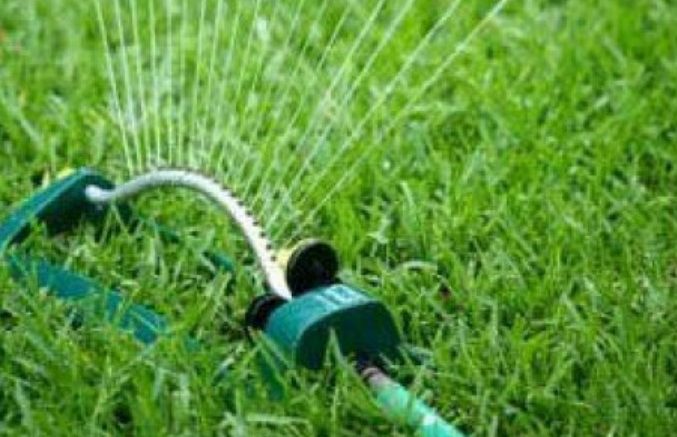As spring temperatures warm up, many of us begin to think about yardwork and greening up that dormant winter lawn.
Before you venture out to the garden center to purchase bags of fertilizer and a spreader, consider the following.
Lawn fertilizer contains the nutrients nitrogen and phosphorus, which are major sources of pollution in streams, rivers, and the Chesapeake Bay. When too much fertilizer is applied to lawns, the nutrients can run off into local storm drains. Excess nutrients can also seep into groundwater, which eventually makes its way into streams and rivers.
Excess nutrients have a two-stage cycle of destruction in water: They feed massive algae blooms that prevent sunlight from reaching underwater grass beds, killing them. Then the algae die and are consumed by hungry bacteria that suck oxygen from the water. This process creates vast “dead zones” that suffocate any creature unfortunate enough to enter.
Turfgrass is slowly becoming one of the largest land covers or crops in the United States, covering 45 million acres. We use 800 million gallons of gasoline, 100 million tons of fertilizer, 70 million pounds of pesticides each year to maintain those lawns.
So how can we maintain healthy lawns and healthy, clean streams?
Here are a few tips to consider this spring:
Before fertilizing your lawn, conduct a soil test
Penn State Extension offices in every county sell a simple soil test kit that will allow you to send a small sample of soil to the laboratory which in turn will send you results with written recommendations of how much fertilizer, if any, or lime that might be needed.
Consider the soil pH
Your soil test will tell you the pH (a measure of soil acidity or alkalinity) and how much lime is needed to raise or adjust the pH. In many cases, lawns in some areas of Pennsylvania are in need of lime because pH is between 6.2 and 6.5. It is best to lime lawns in the fall, but spring is fine too.
Follow the results of your soil test
If your soil test says there is plenty of phosphorus in the soil, then don’t use a complete fertilizer such as 10-10-10 that contains all 3 major nutrients, nitrogen, phosphorus, and potassium. Use a fertilizer with nitrogen only, and follow the soil test recommendations.
Type of fertilizer
When applying lawn fertilizer, use slow-release or controlled-release fertilizer that will break down over time and be available for the plants throughout the growing season, versus a quick-release nitrogen that tends to leach or volatilize quickly.
Application method
It is best to apply smaller amounts of fertilizer several times throughout the growing season. Applying large amounts of fertilizer can leach from the soil, and push too much succulent growth that is prone to fungal diseases. Apply no more than 1 lb. of nitrogen fertilizer (slow or controlled-release) per 1000 square feet, per application.
Proper application and cleanup
When spreading fertilizer, make sure your spreader is not broadcasting fertilizer granules onto walks and driveways where it will wash into storm drains. Sweep up fertilizer on paved areas and spread it on lawn areas.
This educational blog is a series of informative articles from the Penn State Master Gardeners volunteers plus news concerning the group and their activities. For more information, click here.




































